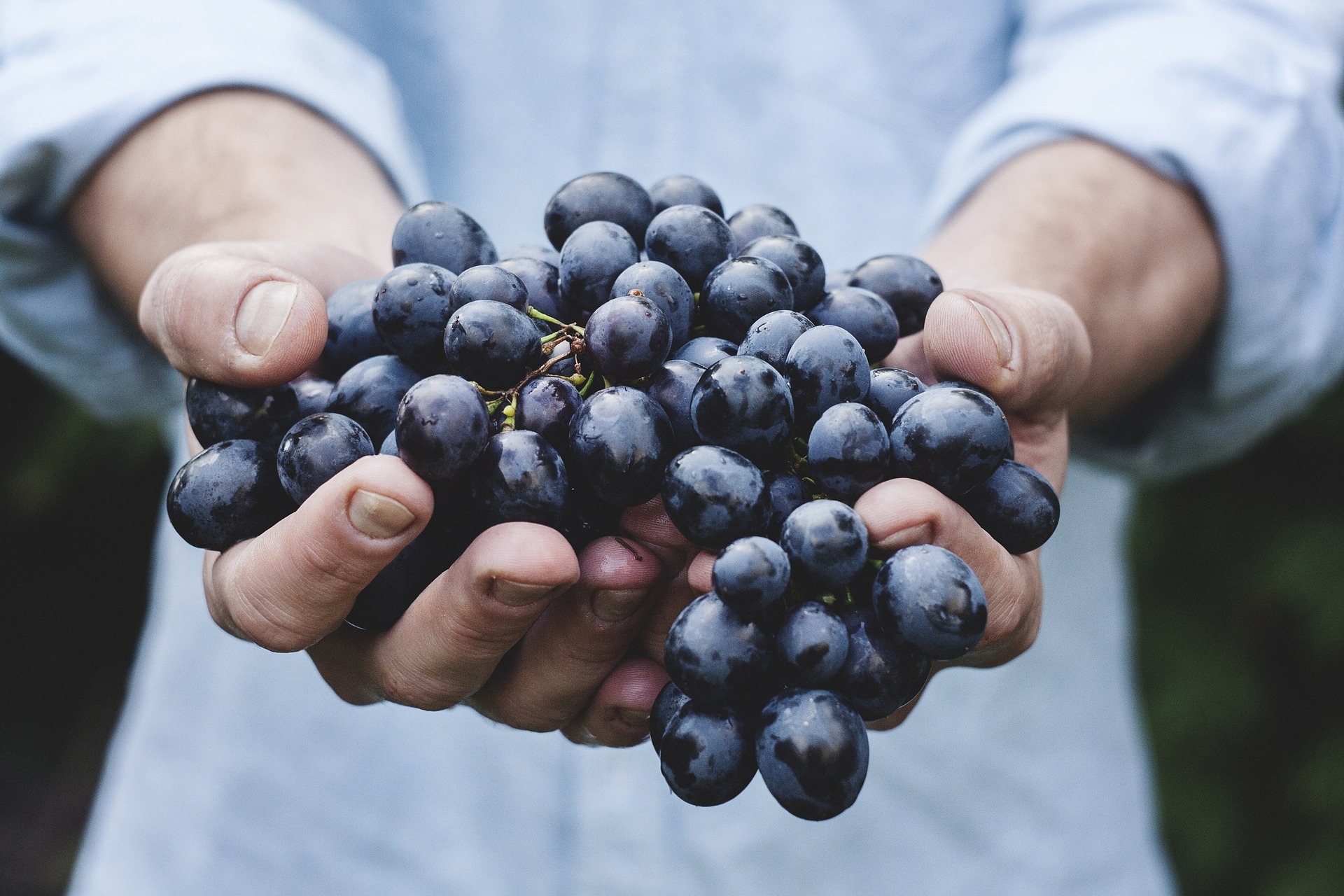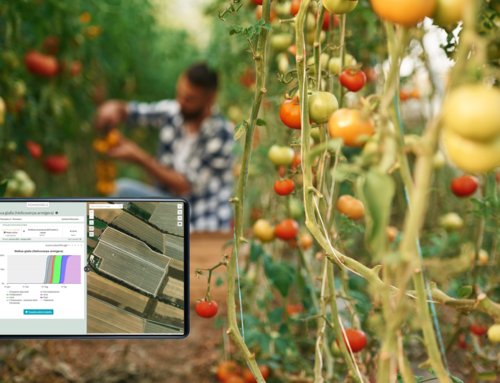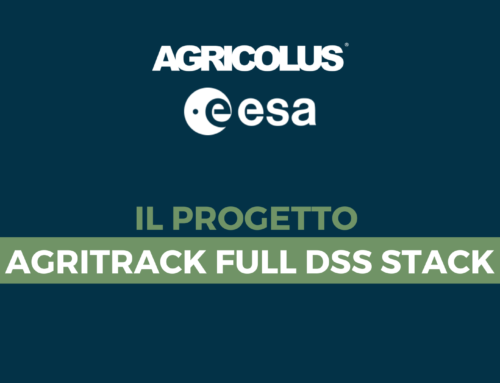Qualitative parameters of grape affect directly the quality of wine produced: this is the reason factors that influence ripening are the main topic of many studies which analyze the phenomenon from different point of views.
I have recently read an article by Gregory Jones, climatologist and expert in viticulture at Southern Oregon University, in which he describes very clearly the effects of climate on grape ripening. You can find it here.
The publication shows that in viticulture the climate is probably the most critical aspect for the ripening of fruits, which must have certain characteristics to produce a certain type of wine.
And it is true: in a cool climate lighter wines, with lower % Vol, more acidity, and typically with aromas of light pulp fruit are produced; in warm climates we can find more intense and full-bodied wines, with higher % Vol, milder acidity, and with aromas of red and black fruits.
When the best time to harvest?
Choosing the right variety and growing with love and science is not enough: Linda Bisson, Department of Enology & Viticulture, UC Davis, in 2001 reminds us that:
“At some point, the synthesis of desirable enological characteristics ceases in the grape berry. This is the optimum time at which to harvest the fruit, prior to deterioration of berry characters; It is therefore important to define the optimal grape maturity for wine production and to develop clear chemical or biochemical traits that can be used to define the peak of ripeness.”
Beyond the scientific aspects, in both articles mentioned above it emerges that it is very important to harvest grape at the most opportune moment and to limit the damages of an accelerated ripening, caused by too hot vintages, or of a slower ripening, due to cooler vintages than usual.
Things ain’t what they used to be
Leeuwen and Darriet, two French researchers who are currently working on the impact of climate on the quality of grapes and wine, have highlighted that climate change is a challenge for winemakers, as it has led to rising average temperatures and increasing the frequency of periods of water stress.
Higher temperatures determine an earlier ripening period which leads to variations in the composition of grape, particularly in the aromatic components.
According to Agricolus experience, the time of harvesting of a variety of grapes, in the same farm, may change from year to year even by a few weeks in relation to the annual climatic trend.
Determine the time of harvesting
Linda Bisson’s article lists the most used parameters to analyze grape ripeness degree which are:
- The sugar level
- The acidity, (pH and/or total acidity)
Sugar level
It is typically expressed in Brix degrees (°Bx), but also in Baumè (Bè), Babo degrees (°Babo or Kmw) or Oechsle (Oe). It can be measured with refractometers that measure the variation of the refractive angle of the must, or with mostimeters, that measure the density.
- The Brix degree (°Brix) corresponds to the percentage of sugar in the must, expressed in weight (kg sugar/quintal of must). It is generally measured at 20°C, and expresses values from 0 to 30.
- Oechslè (Oe.): the values range from 50 to 130, and correspond to the first three decimal places of the relative density of the must at 15°C.
- Babo or Klosterneuburgn (°Babo or °Kmw): has values from 0 to 34. Made by Babo to better indicate the kilograms of sugar present in a quintal of must than the Balling saccharometer. Today it is more frequently calibrated for densities measured at 17.5°C.
- Baumè (°Bè): scale from 0 to 66. The zero corresponds to density at 15°C = 1 and the 66 corresponds to density at 15°C = 1.8427, which is the density of pure sulphuric acid.
Acidity
Total acidity is defined as the sum of the titratable acidity when the pH is raised to 7 by the addition of a titrated alkaline solution. It has a wide range of normal values, as each wine has its own typical level of acidity.
Total acidity includes the complex of fixed (tartaric, malic, succinic, lactic, citric) and volatile acids (which can be removed by boiling, such as acetic acid) and is generally expressed in meq/L of alkali or in g/L of H2SO4 or in g/L of tartaric acid. The typical acidity of table wines is generally between 3 and 6 g/L of H2SO4 corresponding to 4.5 ÷ 9 g/L of tartaric acid.
Acidity can also be indicated by the pH, which is linked to the quantity of free acids. Unlike total acidity it represents a real acidity index, because it does not take into account the acids salified with the bases. Indicatively, the pH of musts varies from 2.8 to 3.6, while the pH of wines varies from 2.8 to 3.8.
Ripening indices
The ripening indices which are mostly used are:
- Product between Brix degrees and square root of pH: this index has optimal values between 220 and 260. Higher values of the index indicate overripe grapes, while lower values indicate unripe grapes.
- Ratio between Brix degrees and total acidity: the index has optimal values between 30 and 32, but may vary depending on the climate and varieties.
Why Agricolus?
GRAPEDSS is the solution created for the specific needs of the vineyard. Ripening curves are displayed into “Quality Monitoring” feature: it is very important for those who apply precision viticulture in the field.
It is able to convert the sugar level between the different units of measurement, as well as calculate a maturity index and estimate the potential alcohol that will be obtained during vinification.
This function is useful for all winemakers who want to control the level of ripeness of grape and the quality parameters, in order to plan any extraordinary crop operation (such as emergency irrigation), and – above all – determine the best time to harvest.
Many wineries already measure the sugar level, pH and total acidity of the musts: the methods consist mainly in detecting a few samples in the field and record the results of the surveys on paper or spreadsheets.
The main problem is the absence of applications to be used directly in the field to perform calculations automatically.
Crop scouting
By using Agricolus, the farmer takes advantage of an App that can be integrated into the farm’s workflow: it is a tool that, in just a few clicks, allows to map the sugar level measurements directly on the field. In addition, it is possible to edit, view and integrate data on grape quality directly from desktop, in collaboration with other operators.
In this way each farm can monitor the trend of the qualitative parameters of the harvest in order to optimize it and get the best wines in each vintage.




